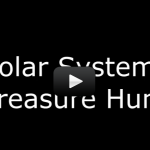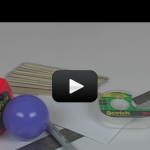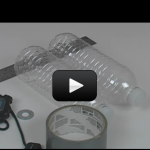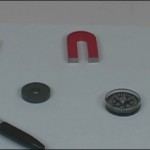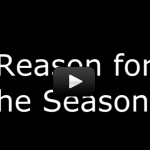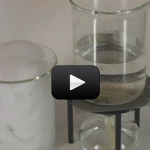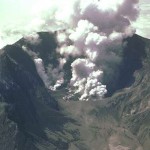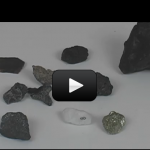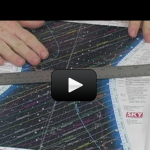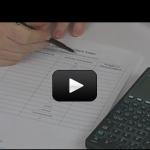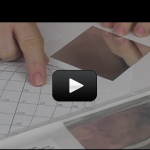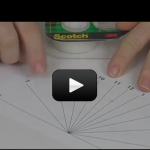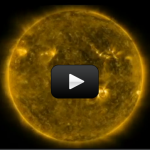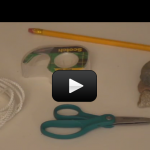Getting Started
Astronomy is a fantastic area of science for teachers and students alike because it combines many different fields of science and still leaves a lot of room for wonder and exploration.
Astronomers study celestial objects (stars, planets, moon, asteroids, comets, galaxies, etc) that exist outside our planet’s atmosphere. Its the one field that combines most science, engineering and technology areas in one fell swoop. Astronomy is also one of the oldest sciences on the planet.
Originally, astronomy was used as celestial navigation and involved with the making of calendars, but nowadays is mostly classified in the field called astrophysics.
Early astronomers tracked the movement of the stars so accurately that in most cases, we’ve only made minor adjustments to their data. Although Galileo wasn’t the first person to look through a telescope, he was the first to point it at the stars.
There are different types of astronomers, some of which have never looked through a telescope. Amateur astronomers usually have smaller telescopes, and they don’t get paid to do astronomy – they just do it for the love of it. Many amateur astronomers have discovered new objects based on their raw knowledge of the sky.
Professional observational astronomers mostly use expensive scientific instruments to look through their massive telescopes. They spend a lot of time taking data and crunching numbers.
Here are the scientific concepts:
- Objects in the sky move in regular and predictable patterns. The patterns of stars stay the same, although they appear to move across the sky nightly, and different stars can be seen in different seasons.
- The position of the Moon changes during the course of the day and from season to season.
- The phases of the Moon and the lunar cycle.
- The tilt of the Earth and its location in orbit are the reasons for the seasons.
- The Earth is one of several planets that orbit the Sun, and the Moon orbits the Earth.
- The solar system consists of planets and other bodies that orbit the Sun in predictable paths.
By the end of the labs in this unit, students will be able to:
- Design and build a telescope using lenses.
- Know how to demonstrate how the position of objects in the sky changes over time.
- Know the celestial objects in the solar system and how they relate and interact with each other.
- Differentiate observation from inference (interpretation) and know scientists’ explanations come partly from what they observe and partly from how they interpret their observations.
- Measure and estimate the length and volume of objects.
- Formulate and justify predictions based on cause-and-effect relationships.
- Conduct multiple trials to test a prediction and draw conclusions about the relationships between predictions and results.
- Construct and interpret graphs from measurements.
- Follow a set of written instructions for a scientific investigation.

